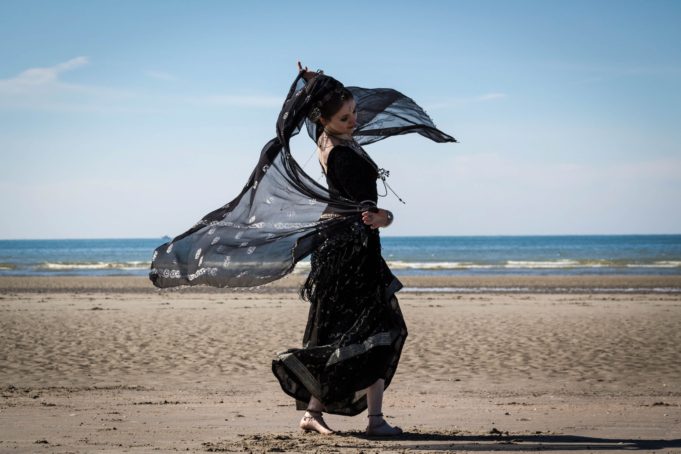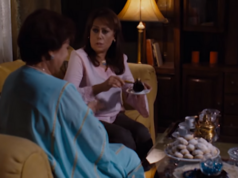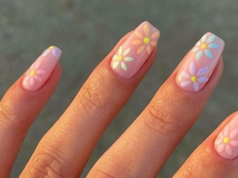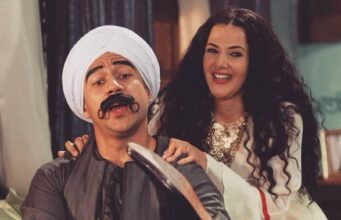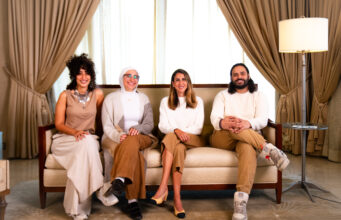Dance has often been called a mirror of the society, a response to historical events, as well as political, economic and even religious moments, and courtship… at least according to Gayle Kassing, the author of History of Dance.
Dance is as, we are well aware, not a novelty or a modern-day ritual. The records of first dance rituals date back to ancient Egypt. The priests and priestesses would perform stately movements which mime significant events in the story of a god, or imitate cosmic patterns such as the rhythm of night and day.
Dance is also a part of ancient Greek as well as Indian tradition. Along with its development in the east, the dance also experienced a blossoming in the West.
The 16th and 17th century France was the birth home of ballet, and the Victorian age gave way for people to dance together during balls hosted by royals and esteemed families.
Given such a long history of the ritual, the question that poses itself is – how big of a role does dance play in the courtship ritual of modern-day people?
More than just a movement
When two people are placed together on the dance floor, a lot more happens in their brains than meets the eye.
An incredibly interesting study published in a book called Evolutionary Perspectives on Human Psychology and Behavior conducted several experiments and came to a conclusion that dancing abilities of one’s partner convey so much about their personality and overall attractiveness, and that dancing skills have an enormous impact on whether we, as humans find someone both physically and personality-wise attractive.
Those female dancers that were perceived as most limber, flexible and synchronized in their movements appeared most attractive to males.
In turn, the estimation of male dancers showed that just as females have certain preferences for male qualities (such as jaw structure and strong masculine features), they found coordinated dancers who presented strong leading abilities while dancing to be most attractive.
The study also concluded that the facial expressions displayed during dancing spoke volumes of a person’s overall agreeableness, which only goes to show that, on the dance floor, various qualities such as emotional and genetic stability, as well as pleasant personality can involuntarily be expressed through our movements.
More than a mere collection of choreographed movements, dancing with someone helps us assess whether they possess qualities that would deem them a good potential partner.
It frees the spirit
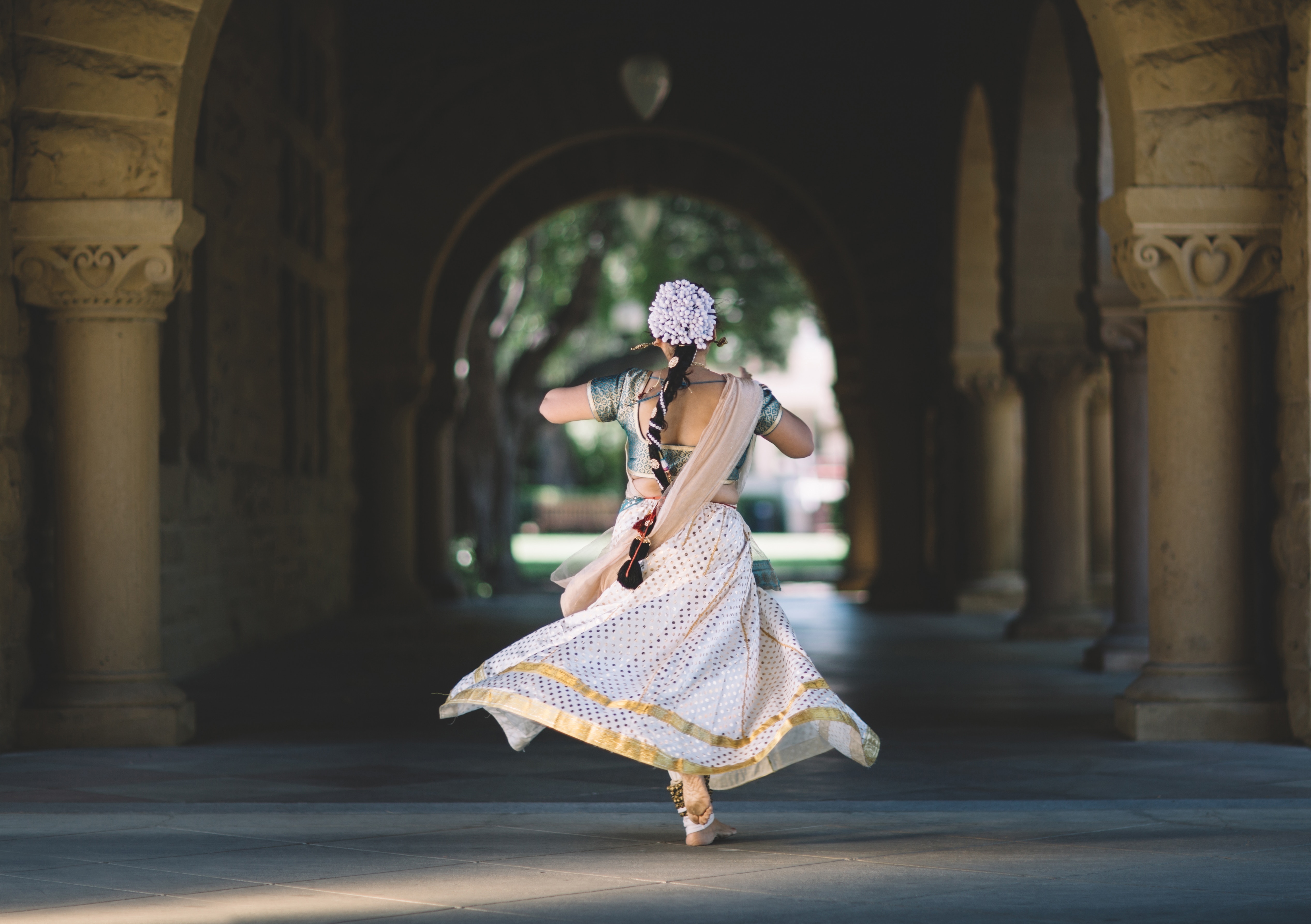

In comparison to any other form of interaction, dancing allows us to truly connect with another human being, just like us. We don’t have to think of things to say, as we are free to let loose and enjoy the music, feel the rhythm and express our creativity and fun side. Dance has the ability to bring people closer without saying a word, so perhaps it is time to get a great pair of jazz dance shoes, watch a few tutorials and work on your moves.
It’s a confidence enhancer
When your first contact with someone is through dance, it makes approaching a person that much easier. You don’t feel the pressure of coming up with conversation topics.
Instead, you just give in to the rhythm and are able to make eye contact with a person, and see whether there is the necessary chemistry that can interest you to get to know them more.
Therefore, showing your moves gives you a confidence boost, and by the end of the song you just might feel confident enough to strike up a meaningful conversation, plus – there’s your opener – complementing your partner’s dance moves and asking them about where they learned how to dance that well.
Compliments subsequently open all kinds of different doors, as true courtship is all about enhancing other people’s value.
Room for mistakes
Modern dance isn’t as constrained and choreographed as the dances we can see in such movies as Pride and Prejudice.
It may not be as sophisticated as ‘back in the day’ but in some ways, that’s good, because it allows for mistakes that others will barely notice, including your dance partner.
Even if you do make mistakes, you can always turn it to your advantage and make a witty remark that you’re a much better conversationalist than you are a dancer. That will certainly make your partner smile, and puff, again, the doors for further conversation are open.
Whether you’re an excellent dancer or not, it’s important that you have fun, and show to others that you have that fun carefree side to you.
Of course, as the study says, good coordination will get you points, so practicing is advisable, but a lack of technical skills can hardly be seen as a deal-breaker.


